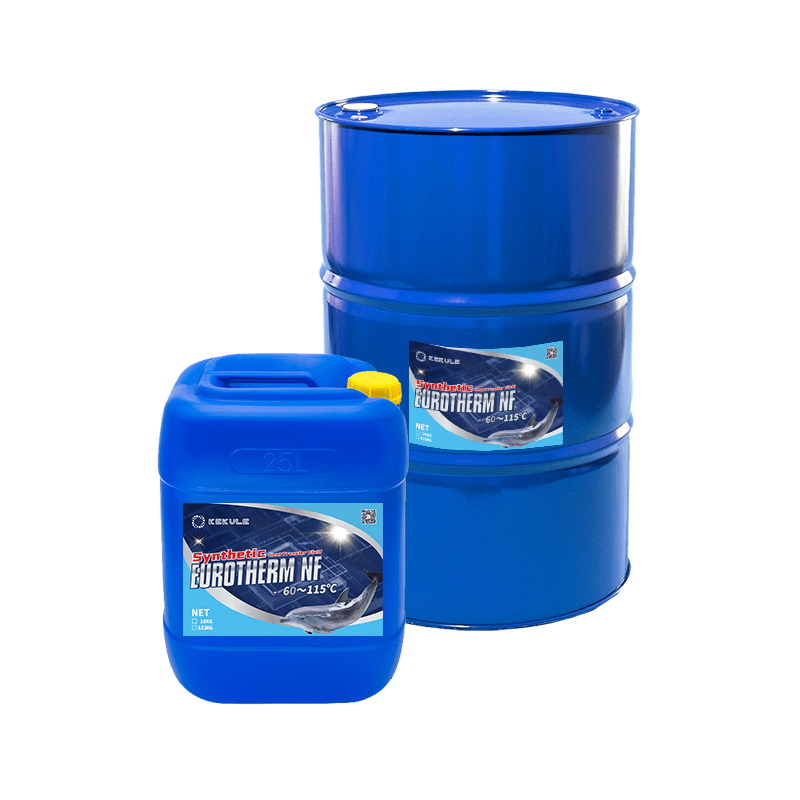6 Easy Facts About Chemie Shown
6 Easy Facts About Chemie Shown
Blog Article
Things about Chemie
Table of ContentsThe Of ChemieWhat Does Chemie Mean?Things about ChemieThe Of ChemieChemie - TruthsWhat Does Chemie Do?
(https://chemie999.weebly.com/)Calculated change in electric conductivity of liquid samples as a feature of time when stirred with the resin example in the closed indirect cooling loop experiment. Figure 6 shows the change in the determined electrical conductivity of the fluid samples when stirred with the resin example. The conductivity of the water example from the closed loophole experiment reduced by approximately 70% from 11.77 S/cm to 3.32 S/cm in 6 hours.These outcomes showed that the capacity of the material depends on the examination fluid made use of for the experiment. This reveals that different ions existing in the liquid will result in various ion exchange capacity of the fluid. Calculating the ion exchange resin capacity with the fluid example from the real air conditioning loophole is crucial.
See This Report on Chemie
As a result, an ion exchange resin cartridge consisting of 20g of Dowex combined bed resin might take on order 938 days to saturate. In other words, to keep a reduced electrical conductivity, a material cartridge with the dimension and weight specification as that of the resin cartridge made use of in the experiment, need to be changed every 30 months for the cooling system that was utilized in the experiment
The air conditioning of electronic components has ended up being a significant challenge in current times due to the improvements in the layout of faster and smaller sized components. Because of this, different cooling technologies have actually been established to efficiently remove the warmth from these components [1, 2] Making use of a liquid coolant has become appealing due to the higher warmth transfer coefficient accomplished as contrasted to air-cooling.
What Does Chemie Do?
A single stage cooling loophole consists of a pump, a warm exchanger (cold plate/mini- or micro-channels), and a heat sink (radiator with a fan or a liquid-to-liquid warm exchanger with chilled water air conditioning). The heat resource in the electronics system is attached to the warmth exchanger.
The requirements may vary depending upon the kind of application. Complying with is a checklist of some general requirements: Great thermo-physical buildings (high thermal conductivity and specific warm; low viscosity; high concealed warm of dissipation for two-phase application) Reduced cold point and burst point (in some cases burst defense at -40 C or reduced is required for shipping and/or storage space objectives) High climatic boiling factor (or low vapor stress at the operating temperature) for single stage system; a narrow wanted boiling point for a two-phase system Excellent chemical and thermal security for the life of the electronic devices system High flash point and auto-ignition temperature level (in some cases non-combustibility is a need) Non-corrosive to materials of building and construction (steels along with polymers and other non-metals) No or marginal regulatory restraints (eco-friendly, safe, and possibly naturally degradable) Affordable The most effective electronic devices coolant is an affordable and nontoxic fluid with outstanding thermo-physical properties and a long life span.
7 Simple Techniques For Chemie
Many of these fluids have a non-discernible smell and are nontoxic in situation of call with skin or ingestion. As stated in the past, aliphatic PAO-based fluids have replaced the silicate-ester fluids in a variety of armed forces electronic devices (and avionics) cooling down applications in the last years. Another class of popular coolant chemistry is dimethyl- and methyl phenyl-poly (siloxane) or commonly referred to as silicone oil.
Fluorinated compounds such as perfluorocarbons (i.e., FC-72, FC-77) hydrofluoroethers (HFE) and perfluorocarbon ethers (PFE) have certain unique homes and can be used touching the electronics [4, 8] Firstly, these liquids are non-combustible and non-toxic. Some fluorinated compounds have no ozone diminishing potential and various other ecological residential or commercial properties.
This coolant is categorized as harmful and ought to be dealt with and disposed of with care. The high quality of water utilized for the preparation of a glycol option is very vital for the system.
Unknown Facts About Chemie

This is a low expense antifreeze service, finding usage in refrigeration solutions and ground resource heat pumps - silicone fluid. This liquid can be used check down to -40 C owing to its fairly high rate of heat transfer in this temperature variety.
It is considered even more dangerous than ethylene glycol and consequently has located use only for procedure applications situated outdoors. Methanol is a combustible fluid and, as such, introduces a prospective fire danger where it is kept, managed, or utilized.
Chemie Things To Know Before You Get This
As a combustible liquid, it requires particular safety measures for handling and storage space. Liquid remedies of calcium chloride locate vast usage as flowing coolants in food plants. The primary applications of these liquids are in the food, drink, pharmaceuticals, chemical and climatic chamber applications, lately these fluids have actually been investigated for single-phase convection cooling of microprocessors.
Report this page